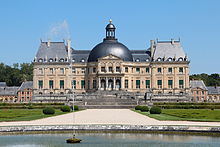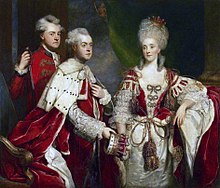
The szlachta were the noble estate of the realm in the Kingdom of Poland, the Grand Duchy of Lithuania and the Polish–Lithuanian Commonwealth and, as a social class, dominated those states by exercising political rights and power. Szlachta as a class differed significantly from the feudal nobility of Western Europe. The estate was officially abolished in 1921 by the March Constitution.

Aristocracy is a form of government that places power in the hands of a small, privileged ruling class, the aristocrats.
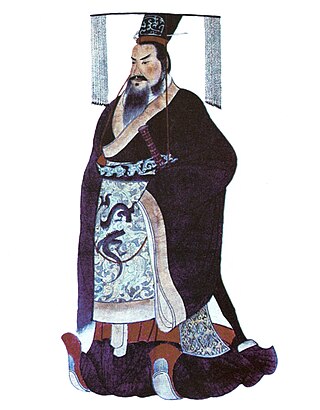
The nobility of China represented the upper strata of aristocracy in premodern China, acting as the ruling class until c. 1000 CE, and remaining a significant feature of the traditional social structure until the end of the imperial period.
Upper class in modern societies is the social class composed of people who hold the highest social status, usually are the wealthiest members of class society, and wield the greatest political power. According to this view, the upper class is generally distinguished by immense wealth which is passed on from generation to generation. Prior to the 20th century, the emphasis was on aristocracy, which emphasized generations of inherited noble status, not just recent wealth.
Traditional rank amongst European imperiality, royalty, peers, and nobility is rooted in Late Antiquity and the Middle Ages. Although they vary over time and among geographic regions, the following is a reasonably comprehensive list that provides information on both general ranks and specific differences. Distinction should be made between reigning families and the nobility – the latter being a social class subject to & created by the former.
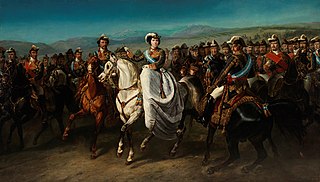
Grandee is an official aristocratic title conferred on some Spanish nobility. Holders of this dignity enjoyed similar privileges to those of the peerage of France during the Ancien Régime, though in neither country did they have the significant constitutional political role the House of Lords gave to the Peerage of England, of Great Britain and of the United Kingdom. A "grandee of Spain" nonetheless enjoyed greater social privileges than those of other similar European dignities.

The landed gentry, or the gentry, is a largely historical Irish and British social class of landowners who could live entirely from rental income, or at least had a country estate. It is the British element of the wider European class of gentry. While part of the British aristocracy, and usually armigers, the gentry ranked below the British peerage in social status. Nevertheless, their economic base in land was often similar, and some of the landed gentry were wealthier than some peers. Many gentry were close relatives of peers, and it was not uncommon for gentry to marry into peerage. With or without noble title, owning rural land estates often brought with it the legal rights of the feudal lordship of the manor, and the less formal name or title of squire, in Scotland laird.

The Russian nobility or dvoryanstvo arose in the Middle Ages. In 1914, it consisted of approximately 1,900,000 members, out of a total population of 138,200,000. Up until the February Revolution of 1917, the Russian noble estates staffed most of the Russian government and possessed a self-governing body, the Assembly of the Nobility.
The Aristoi was the label given to the noblemen in ancient Greek society, and in particular ancient Athens. The term literally means "best", with the denotation of best in terms of birth, rank, and nobility, but also usually possessing the connotation of also being the morally best. Goldman emphasizes that the notion of 'good work' has been a persistent theme in defining the ideals of excellence, suggesting that Aristoi were not only leaders but also exemplars of ethical conduct and civic responsibility. The term in fact derives similarly with arete: "The root of the word is the same as aristos, the word which shows superlative ability and superiority, and "aristos" was constantly used in the plural to denote the nobility."

Patricianship, the quality of belonging to a patriciate, began in the ancient world, where cities such as Ancient Rome had a social class of patrician families, whose members were initially the only people allowed to exercise many political functions. In the rise of European towns in the 12th and 13th centuries, the patriciate, a limited group of families with a special constitutional position, in Henri Pirenne's view, was the motive force. In 19th century Central Europe, the term had become synonymous with the upper Bourgeoisie and cannot be interchanged with the medieval patriciate in Central Europe. In the maritime republics of the Italian Peninsula as well as in German-speaking parts of Europe, the patricians were as a matter of fact the ruling body of the medieval town. Particularly in Italy, they were part of the nobility.
The Armenian nobility was a class of persons which enjoyed certain privileges relative to other members of society under the laws and customs of various regimes of Armenia. Governments which recognized or conferred nobility were the Kingdom of Van, Satrapy of Armenia, Kingdom of Armenia, Bagratid Kingdom of Armenia (885–1045) and the Armenian Kingdom of Cilicia (1198–1375). The Armenian kingdoms of Vanand (963–1065), Syunik (987–1170), and Lori (978–1113) had a system of nobility that was similar to the nobility of Cilicia.

The Italian nobility comprised individuals and their families of the Italian Peninsula, and the islands linked with it, recognized by the sovereigns of the Italian city-states since the Middle Ages, and by the kings of Italy after the unification of the region into a single state, the Kingdom of Italy.

The French nobility was an aristocratic social class in France from the Middle Ages until its abolition on 23 June 1790 during the French Revolution.
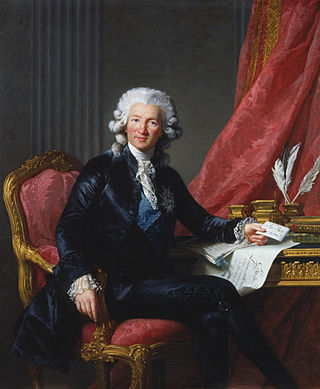
Under the Ancien Régime of France, the Nobles of the Robe or Nobles of the Gown were French aristocrats whose rank came from holding certain judicial or administrative posts. As a rule, the positions did not of themselves give the holder a title of nobility, such as baron or viscount, but they were almost always attached to a specific function. The offices were often hereditary, and by 1789, most of the holders had inherited their positions. The most influential of them were the 1,100 members of the 13 parlements, or courts of appeal.
The British nobility is made up of the peerage and the gentry of the British Isles. In the UK nobility is formally exclusive to, however an untitled nobility exists across the British isles through feudal remnants, the clan systems, and the heraldic traditions of the isles with legal recognitions and privileges.
The social structure of the United Kingdom has historically been highly influenced by the concept of social class, which continues to affect British society today. British society, like its European neighbours and most societies in world history, was traditionally divided hierarchically within a system that involved the hereditary transmission of occupation, social status and political influence. Since the advent of industrialisation, this system has been in a constant state of revision, and new factors other than birth are now a greater part of creating identity in Britain.

Landed nobility or landed aristocracy is a category of nobility in the history of various countries, for which landownership was part of their noble privileges. The landed nobility show noblesse oblige, they have duty to fulfill their social responsibility. Their character depends on the country.

Gentry are "well-born, genteel and well-bred people" of high social class, especially in the past. Gentry, in its widest connotation, refers to people of good social position connected to landed estates, upper levels of the clergy, or "gentle" families of long descent who in some cases never obtained the official right to bear a coat of arms. The gentry largely consisted of landowners who could live entirely from rental income or at least had a country estate; some were gentleman farmers. In the United Kingdom, the term gentry refers to the landed gentry: the majority of the land-owning social class who typically had a coat of arms but did not have a peerage. The adjective "patrician" describes in comparison other analogous traditional social elite strata based in cities, such as the free cities of Italy and the free imperial cities of Germany, Switzerland, and the Hanseatic League.

Nobility is a social class found in many societies that have an aristocracy. It is normally ranked immediately below royalty. Nobility has often been an estate of the realm with many exclusive functions and characteristics. The characteristics associated with nobility may constitute substantial advantages over or relative to non-nobles or simply formal functions, and vary by country and by era. Membership in the nobility, including rights and responsibilities, is typically hereditary and patrilineal.
The Sicilian nobility was a privileged hereditary class in the Kingdom of Sicily, the Kingdom of the Two Sicilies and the Kingdom of Italy, whose origins may be traced to the 11th century AD.

